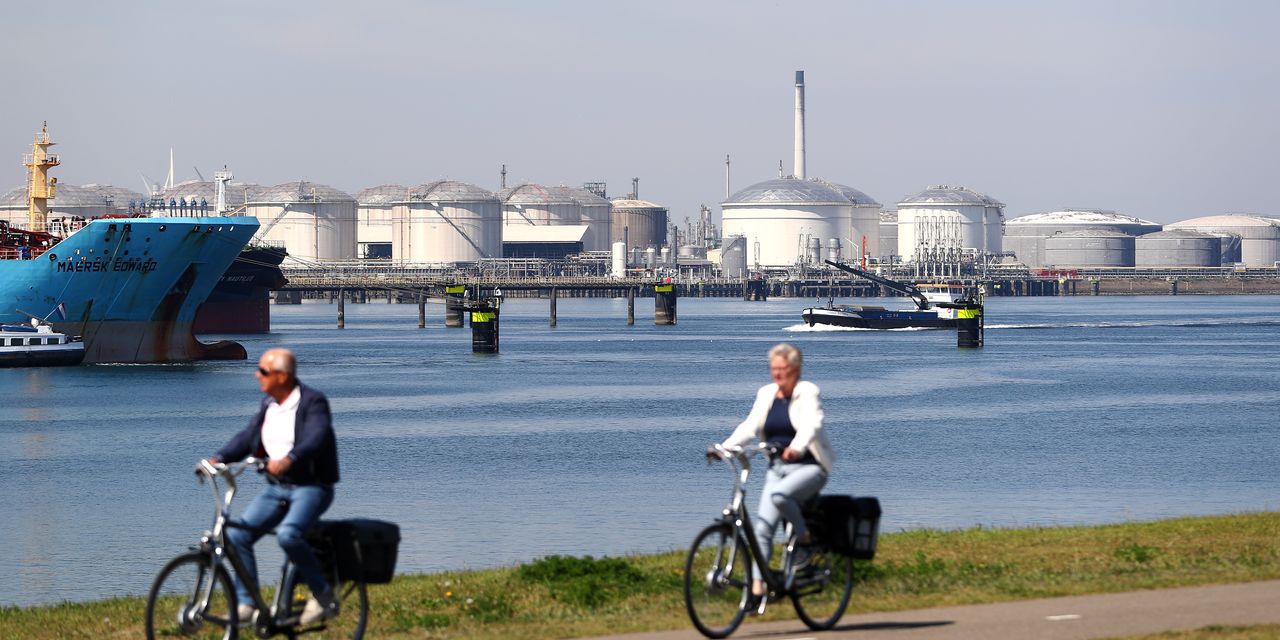
Oil futures moved lower Friday, with concerns about growing supply and weakening appetite for energy, as global cases of COVID rise in Europe, Brazil and India in particular, help set prices up to post losses for the week.
“When infections rise in such populous countries such as India and Brazil, that can only mean more trouble for oil demand as to counter the infection surge, restrictions will limit road fuel consumption,” said Louise Dickson, oil markets analyst at Rystad Energy.
COVID-19 lockdowns and traffic limitations are “continuing to weigh on oil prices and it will take some time to reach the other end of the tunnel” and vaccinate enough people to justify reopening economic activity and travel, she said in daily commentary.
While the focus on the current situation is pushing down oil prices, Rystad Energy remains “bullish on the vaccine campaign curve, and summer oil demand still looks poised to pop,” said Dickson, adding that Brent crude prices are likely to see an upward correction toward $66 in the third quarter.
In Friday dealings, West Texas Intermediate crude for May delivery CL.1, -0.47% CLK21, -0.47% was down 35 cents, or 0.6%, at $59.25 a barrel on the New York Mercantile Exchange, after a 0.3% slide on Thursday. Global benchmark June Brent crude BRN00, +0.06% BRNM21, +0.06% edged down by 27 cents, or 0.4%, at $62.93 a barrel on ICE Futures Europe.
For the week, WTI oil trades around 3.5% lower, while Brent is on track for a loss of 3%, based on the front-month contracts, FactSet data show.
Energy markets have also been influenced by the decision by members of the Organization of the Petroleum Exporting Countries and its allies in a recent meeting to slowly unwind output curbs.
OPEC+, which includes Saudi Arabia and Russia, agreed to gradually increase oil production by about 2 million barrels a day between May and July.
Energy traders are anticipating that demand will be strong in the second half of 2021 but questions about COVID variants and troubles with the AstraZeneca vaccine have raised some questions about how quickly an economic rebound will take hold.
“Still, the conflicting signals around OPEC+ supply coming back to market amid spiking coronavirus case numbers…together with reports linking the UK’s [COVID-19] vaccine workhorse to the higher frequency of blood clots, continues to hold the bulls at bay,” wrote Stephen Innes, chief global markets strategist at Axi, in a daily note.
On Nymex Friday, May gasoline RBK21, +0.27% fell 0.6% to $1.95 a gallon, trading 3.7% lower for the week, and May heating oil HOK21, -0.20% lost 0.4% to $1.80 a gallon, poised for a weekly decline of around 1.6%.
May natural gas NGK21, +0.28% added 0.7% to $2.54 per million British thermal units, but was still on track for a weekly loss of 3.7%.
On Thursday, oil market participants blamed a bigger-than-expected weekly increase in U.S. gasoline stocks for softness in values for U.S. oil futures.
The Energy Information Administration on Wednesday reported that gasoline supply was up by 4 million barrels. IHS Markit had forecast weekly supply increases of 200,000 barrels for gasoline.










Add Comment